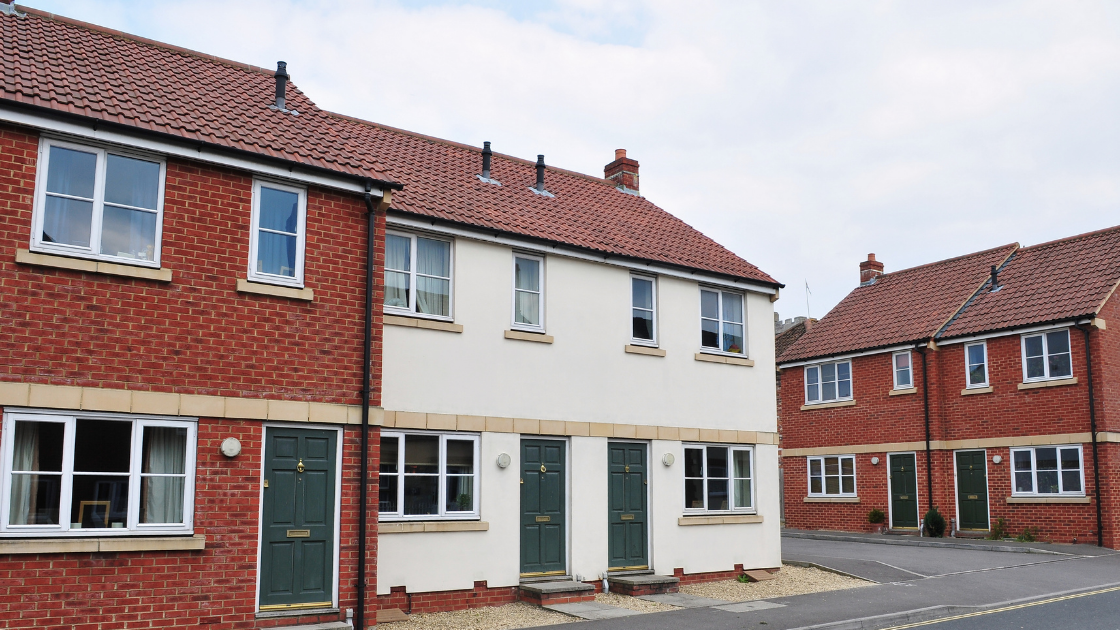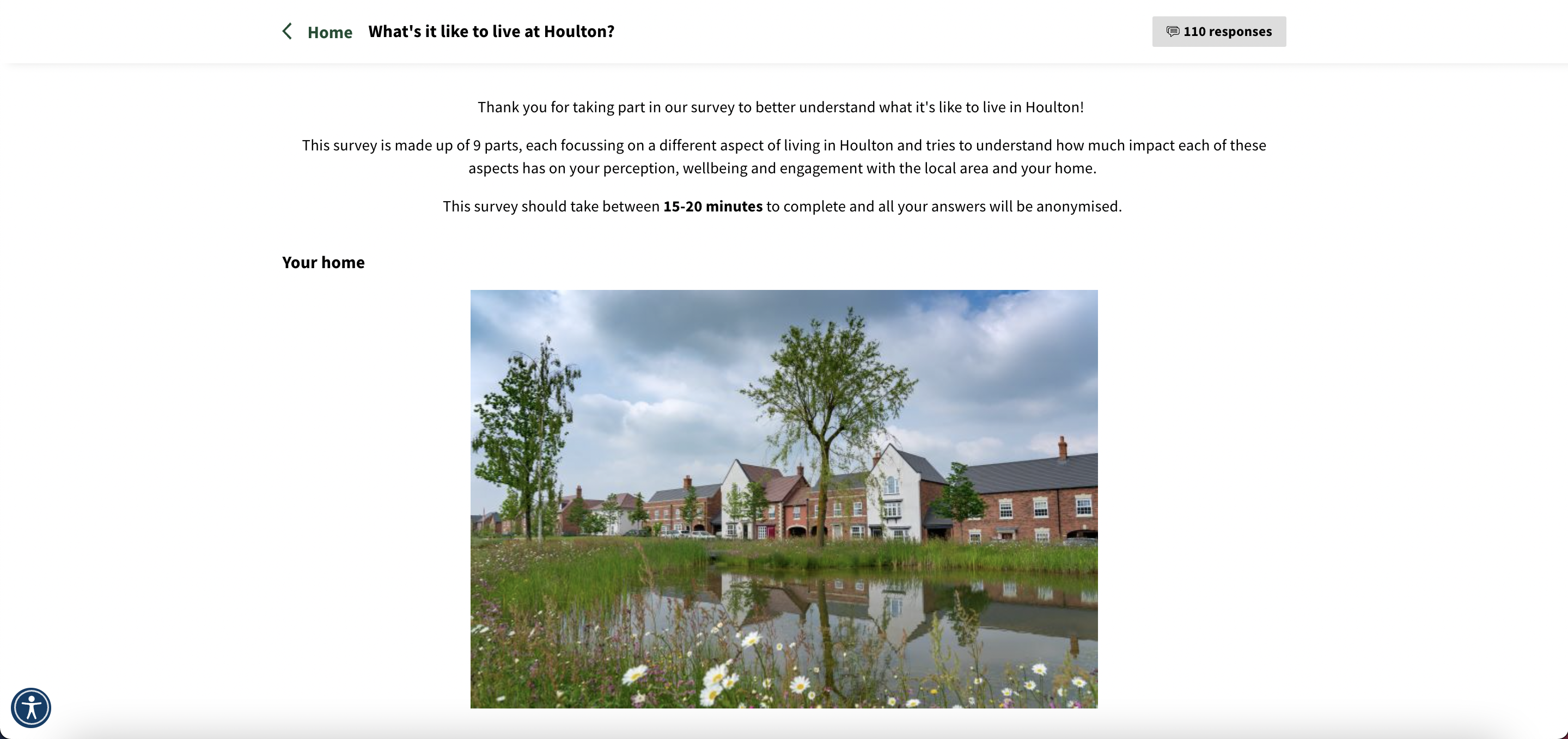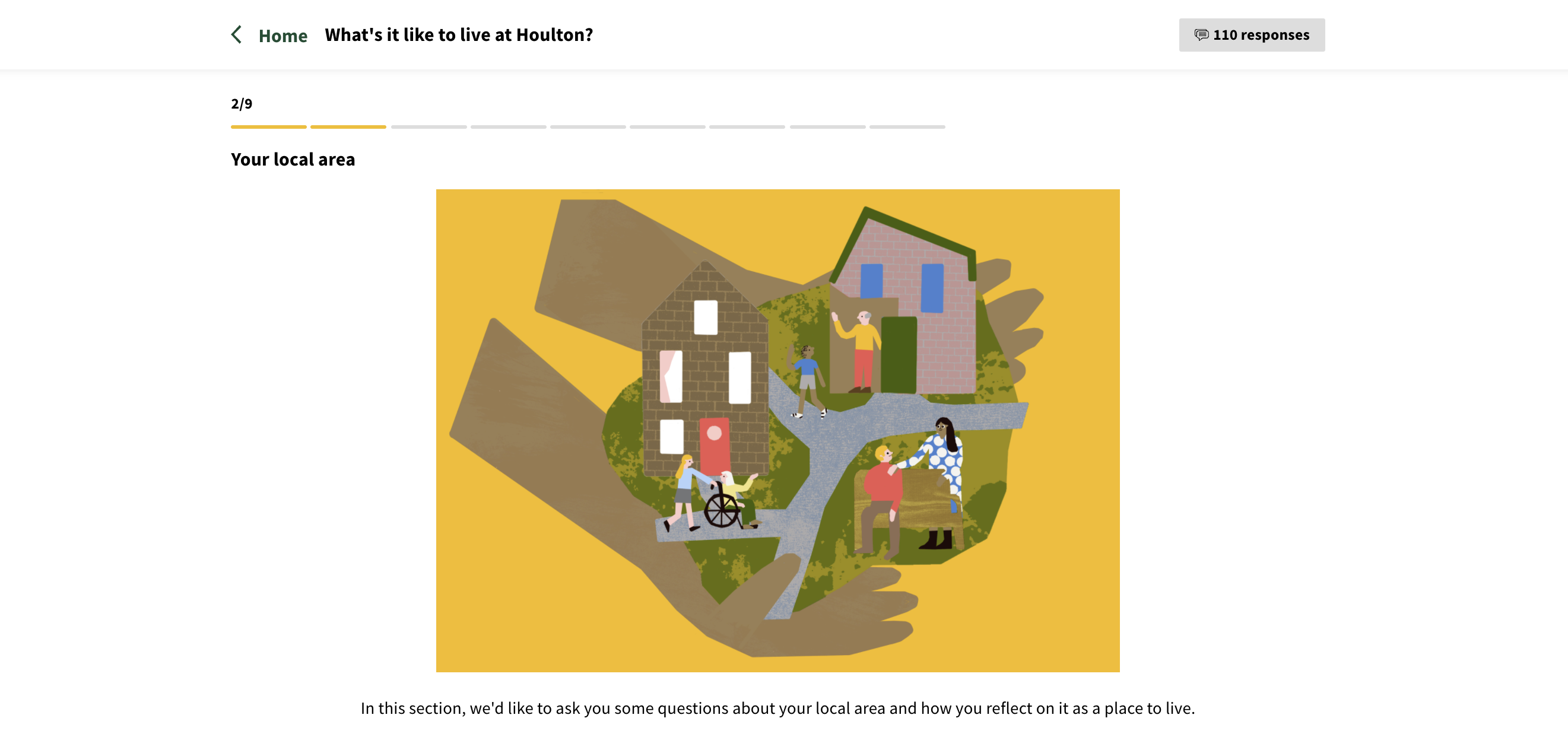In December 2021, the Regulator of Social Housing (RSH) began consulting on a new list of 22 tenant satisfaction measures. These were created from the five themes outlined in the government’s 2020 social housing white paper and have been introduced to ‘become a valuable source of information for tenants, local communities, and landlords themselves.’
The consultation is open until 3rd March 2022, and seeks the views of all interested parties to help shape the finished documents. These measures have been split however, with 10 being measured using the housing providers’ management information and the remaining 12 taking the form of a participatory survey.
We’ll go through the full details and the online tools that can help you once these measures come to pass.
Tenant satisfaction measures: the background

The 2020 social housing white paper outlined the basic service that all residents should expect from their landlord. This was covered in five key themes:
- Keeping properties in good repair.
- Effective complaints handling.
- Maintaining building safety.
- Responsible neighbourhood management.
One key message from the white paper was that the Regulator of Social Housing needed to develop effective satisfaction measures that would cover all areas that matter to tenants. These will then be applied to all social landlords, housing associations and other housing providers so tenants can more easily hold them to account and better understand the responsibilities that their landlords should be honouring.
“Our proposed tenant satisfaction measures aim to give clear and comparable data about the quality of services tenants in social housing receive.”- Fiona MacGregor, chief executive of the RSH
Deploying tenant surveys

Of the 22 measures set out in the consultation, the following are those to be measured through tenant surveys.
- Overall satisfaction
- Satisfaction with repairs
- Satisfaction with time taken to complete most recent repair
- Satisfaction that the home is well maintained and safe to live in
- Satisfaction that the landlord listens to tenants’ views and acts upon them
- Satisfaction that the landlord keeps tenants informed about things that matter to them
- Agreement that the landlord treats tenants fairly and with respect
- Satisfaction that the landlord keeps communal areas clean, safe and well-maintained
- Satisfaction that the landlord makes a positive contribution to neighbourhoods
- Satisfaction with the landlord’s approach to handling of anti-social behaviour
- Satisfaction with the landlord’s approach to handling of complaints
- Tenant knowledge of how to make a complaint
The current consultation is also proposing a new standard for these Tenant Satisfaction Measures. To comply with this, all social housing providers will need to meet detailed technical and tenant perception survey requirements which can be found here.
Some of these requirements include:
- Surveys that procedurally gather tenants views (i.e not triggered after a recent interaction with the landlord)
- Surveys that allow tenants to directly express their views of their landlord’s performance
Transactional surveys for these measures are not allowed, as the Regulator believes that the data collected would not be comparable between organisations.
This is where a dedicated engagement website can play a central role. Commonplace can help Registered Providers (RPs) evaluate the current satisfaction levels against the outlined 22 measures to establish a baseline on services, facilities and homes by capturing data intelligence that can help establish tenant’s greatest needs and priorities. Commonplace enables tenants, landlords and local communities to create a more open and trusted dialogue. And through a collaborative approach, stakeholders are more likely to engage in a continuous improvement to the health and well-being of people’s lives on estates.

Projects like Your Quality of Life Houlton are a great example of this. Built in partnership with the Quality of Life Foundation (QOLF) for Urban Civic, this platform hosts a short 15 minute survey for residents to give their honest feedback about what it’s like to live in Houlton. The questions cover everything from tenants' thoughts on their home, their neighbourhood to the level of control they feel they have over the their lives and the developments and changes that happens round them. These were all created using QoLF’s framework about assessing how these factors impact a tenant’s quality of life, something that looks to be heavily considered in the upcoming measures.
Book a personalised demo now to see how this can work for your organisation too
Where does your organisation fit in?
The particular measures listed above are for housing providers with 1,000 homes or more. They will be expected to publish tenant satisfaction measures annually. While housing providers with fewer than 1,000 homes will not have to submit data on tenant satisfaction to the regulator itself, they will still be required to show this information to tenants.
The Regulator of Social Housing is still looking for comments and responses to their proposals, with their consultation page being found here. Once the consultation is closed, they expect to publish a decision next summer, with the requirements needing to be adhered to from early 2023.
.png)

